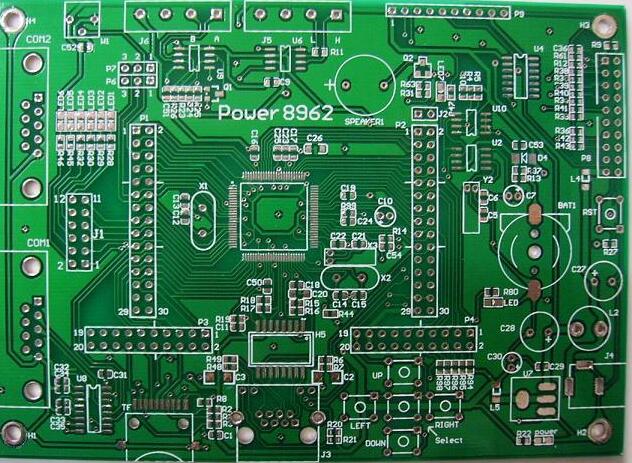What equipment is needed for PCBA functional testing
Shenzhen PCBA functional test refers to a test method that provides a simulated operating environment (stimulus and load) to the test target board to make it work in various design states, so as to obtain the parameters of each state to verify the function of the PCBA. Simply put, it is to load a suitable stimulus to the PCBA and measure whether the response of the output end meets the requirements. Generally refers to the PCBA function test after the PCBA is powered on.
PCBA function test content
Measurement of functional parameters such as voltage, current, power, power factor, frequency, duty cycle, and position determination.
PCBA functional testing involves analog, digital, memory, RF and power circuits, and different test strategies are usually used.
The test includes a large number of actual important functional paths and structural verification (make sure there is no hardware error) to make up for the missing parts of the previous test process. This requires that a large number of analog/digital stimuli are continuously added to the PCBA, while monitoring the same number of analog/digital responses, and fully controlling its execution.
There are many forms of PCBA functional test systems and equipment, which have their own advantages and disadvantages in terms of cost, time, effectiveness, and maintainability.
PCBA functional test equipment
Model testing system

In theory, the easiest way to test the function of a device (circuit board or module) is to put it in the same model system or subsystem as the real environment, and then see if it works normally. If it is normal, we can be confident that it is good. If it is not normal, the technicians will conduct inspections hoping to find out the cause of the failure to guide maintenance. But in fact, this plug-in power-up method has many shortcomings and is rarely effective, although it can sometimes be used as a supplement to other test schemes.
Test Bench
The test bench is a conventional test environment, including the stimulus/response interface with the device under test, the test sequence and control specified by the special test procedure. Excitation and response are usually provided by standard power supplies and experimental instruments, dedicated switches, loads, and terminal custom electronic equipment (such as digital excitation). The fixture is a very important part here, which can provide the correct signal path and connection to the device under test. In many cases, the fixture is basically customized for each application and needs to be set in conjunction with manual operations. The test process and control are usually carried out manually, sometimes with the assistance of a PC, and are stipulated through written agreements or procedures. The test bench is connected to a specific product. The advantage is that the cost is relatively low and the equipment is relatively simple, but it is less flexible when dealing with multiple products.
Dedicated test equipment
In theory, special test equipment is a system that automates the operation of the test bench. The heart of the system is usually a computer, which is controlled by a special bus and some programmable instruments. Speed, performance, availability, cost and other factors affect the choice of instrument bus and structure. Various instruments and general equipment are stacked in one or more vertical chassis, and then connected to the device under test. With automatic processing, setting time, testing time and overall operation are faster and easier than manual test benches. STE can be expanded to meet a variety of performance needs, and is usually used in production or repair centers. The most obvious thing about STE is the overall cost: equipment investment cost, operating cost, and program development cost.
Automatic test equipment
General Automatic Test Equipment (GPATE, or ATE for short) is a very advanced and flexible solution that can meet the testing requirements of a variety of products and programs. System integration, signal connectivity flexibility, value-added software and hardware, test-oriented language, graphical user interface, etc. are the main differences between ATE and STE. In addition to the advantages of full instrument integration, ATE can also provide better solutions for signal routing and connection. In most cases, the ATE dedicated backplane includes an analog bus, which allows the instrument to be directly connected to any pin without complicating the internal and external leads. This flexibility can usually be extended to combine analog and digital channels, allowing users to connect digital or analog stimuli at any time and measure any pin of the receiver. As a result, not only the cost is greatly simplified, but the test program is also easier to implement. According to the different control modes, it can be divided into: manual control PCBA function test, semi-automatic control PCBA function test, and fully automatic control PCBA function test. With the rapid development of science and technology, in order to save production costs and improve production efficiency, some of the current PCB functional tests use fully automatic test solutions. At present, for the PCBA test of some simple tested boards, manual or semi-automatic test schemes are still used based on the consideration of simplifying the design and reducing the production cost.